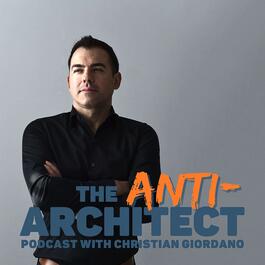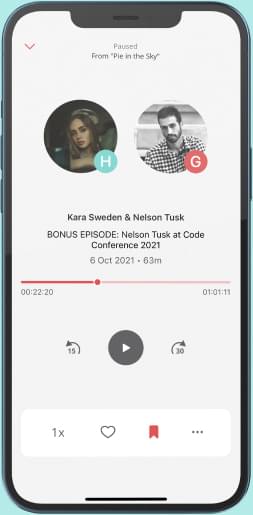
In this episode, Christian sits down with Louis Koehl, AIA, CPHD, Director of Sustainable Design at Handel Architects, for a deep dive into what sustainability really means in today’s built environment. Forget buzzwords and marketing veneers - Louis unpacks sustainability as a design foundation, not a feature. And for the first time on the podcast, Christian and Louis pull up actual project photos in real time - like the world’s largest affordable Passive House building - to explore the strategy, decision-making, and trade-offs behind the scenes. This conversation challenges architects to think beyond LEED plaques and into long-term, community-first impact. https://handelarchitects.com/ https://theantiarchitect.com/ 0:00 – Introduction to the Anti Architect Podcast and guest Louis Koehl 1:00 – Louis’s role at Handel Architects and redefining sustainable design 2:15 – Reflecting on Gary Handel and notable firm projects like the Asbury Ocean Club 3:30 – Early career mentors and the technical foundation of Louis’s work 4:00 – What sustainability actually means today 6:00 – Overcoming the perception that sustainability is an extra cost 9:00 – Why sustainability must be baked into the design process 11:00 – Client mindset, life cycle costs, and assembling the right team early 13:00 – Navigating evolving regulations and city mandates like NYC Local Law 97 16:00 – Architects’ role in shaping public policy and the importance of advocacy 19:30 – From sustainability to circularity: trends shaping the materials economy 22:00 – Understanding EPDs, HPDs, and embodied carbon in materials 25:00 – Regenerative architecture: what it means and how it shows up in communities 28:30 – The ego trap: shifting from architect as auteur to architect as collaborator 31:00 – AI, decision making tools, and reducing design phase inefficiencies 33:00 – What Passive House design really is (and isn’t) 35:00 – Key principles of Passive House: airtightness, thermal envelope, ventilation 37:30 – Myths about Passive House: windows, operability, and aesthetics 39:00 – Case Study 1: Santander Tower proposal in Miami 41:00 – Structural innovation and embodied carbon reductions 43:00 – Case Study 2: Santander Santiago HQ and outdoor workspace design 45:00 – Case Study 3: Sendero Verde, the world’s largest fully affordable Passive House 47:00 – Community of Opportunity: housing, services, and public park design 50:00 – Passive House certification bodies and affordable housing trends in NYC 51:30 – Case Study 4: Harmony Commons, a Passive House dorm at University of Toronto 54:00 – Construction detailing, quality control, and contractor engagement 56:00 – Louis’s journey from Kentucky to Columbia to Handel Architects 58:00 – Why architects must shape the future in the face of global challenges 59:00 – Final thoughts: using architecture to elevate lives and build resilient communities
From "The Anti-Architect"


Comments
Add comment Feedback